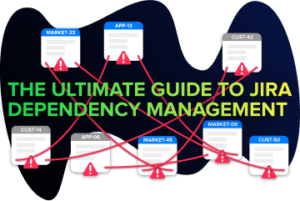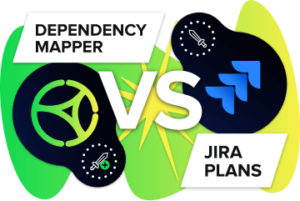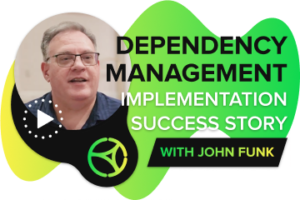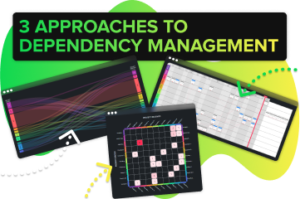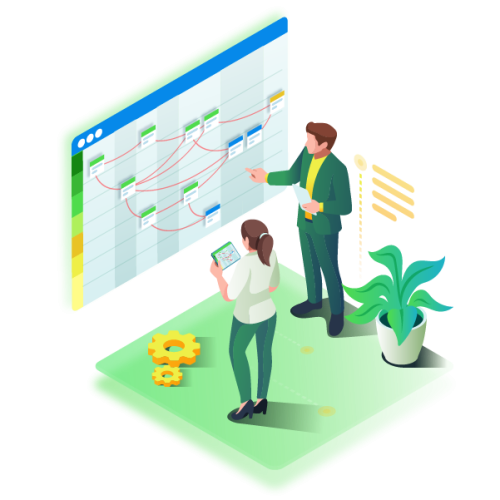A Product Owner is a key agile role that is responsible for the success of the product. They work with the team to ensure that agile processes are followed and that the product meets customer needs and requirements. The Product Owner also serves as a link between the customer and the development team, and helps to prioritize product features and manage the product backlog.
Table of Contents
ToggleThe Product Owner’s role in the Scrum team
The responsibilities of the Product Owner vary depending on the agile methodology that is being used, but typically they include:
- Defining and prioritizing product features
- Managing the product backlog
- Working with the team to ensure agile processes are followed
- Serving as a link between the customer and the development team
- Coordinating with stakeholders to ensure that the product meets their needs
- Guiding the team in producing a releasable product increment
What are the common mistakes a Product Owner should avoid?
One of the key responsibilities of a Product Owner is to prioritize product features. However, it is important to avoid the common mistakes that can lead to agile projects failing. Some of the most common mistakes that a Product Owner should avoid include:
- Focusing on the wrong priorities
- Dictating to the team how many story points are associated with each user story
- Not listening to the needs of the customers (or end users) of the product
- Trying to do too much, or pushing the team to overcommit to the next product increment
- Not communicating with stakeholders
- Not managing the product backlog effectively
How do the Product Owner and Scrum Master work together?
The Product Owner and Scrum Master work together to ensure that the agile process is followed and that the product meets customer needs. The Scrum Master helps to ensure that the team is productive and stays on track, while the Product Owner coordinates with stakeholders and helps to prioritize product features. Both roles must be in constant communication, otherwise there will be a disconnect between the work a team is undertaking and the value of said work.
What is the difference between a Product Owner and a Project Manager?
The main difference between a Product Owner and a Project Manager is that a Product Owner is focused on the product, while a Project Manager is focused on the project. The Product Owner is responsible for ensuring that the product meets customer needs and requirements, while the Project Manager is responsible for ensuring that the project meets its goals and objectives. The Project Manager typically has more control over the resources and budget associated with the project, while the Product Owner has more control over the features and functionality of the product.
How do I become a Product Owner?
There are a few things you can do to become a Product Owner:
- Read about agile methodologies and the role of the Product Owner
- Attend agile training courses
- Shadow a current Product Owner
- Get involved in agile communities online or in-person
In Closing
The agile methodology relies heavily on the Product Owner to prioritize product features and keep the team on track. It is important for the Product Owner to be able to listen to customer needs and communicate with stakeholders in order to ensure that the product meets all requirements. There are a few things you can do to become a successful Product Owner, such as attending agile training courses, shadowing a current Product Owner, or getting involved in agile communities online or in-person.
Want to enhance your agile reporting?
Are you a Jira user? Check out these apps that focus on themes like dependency management, scaled backlog views and WIP management to help your teams navigate and understand their complex environments!

